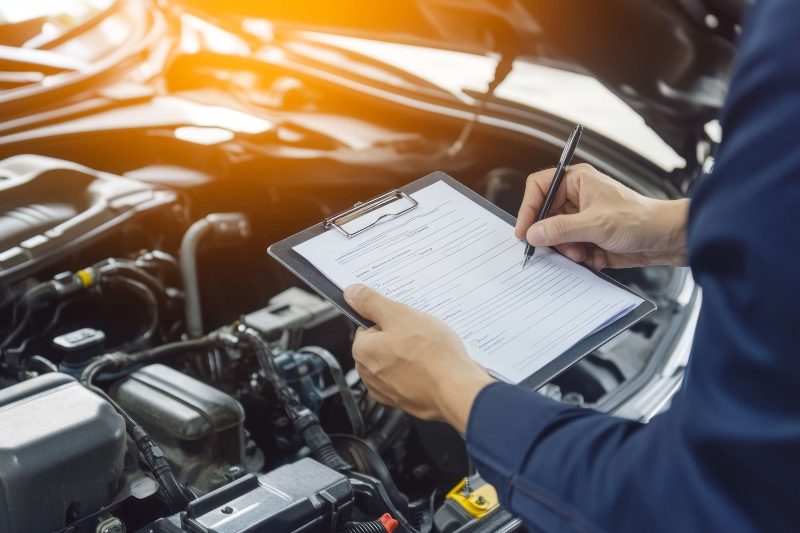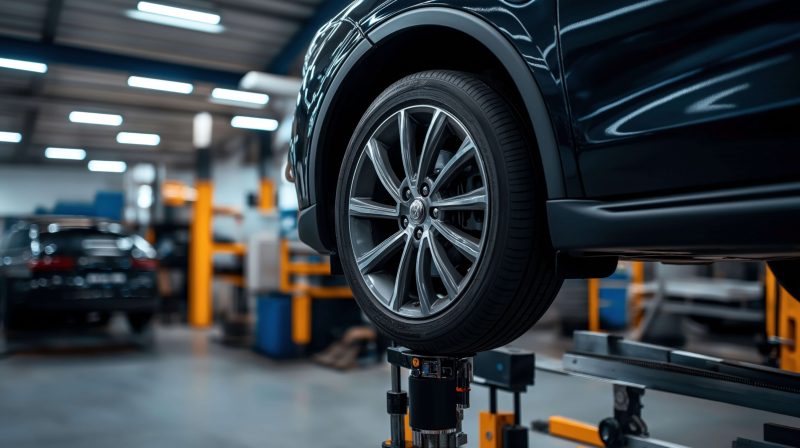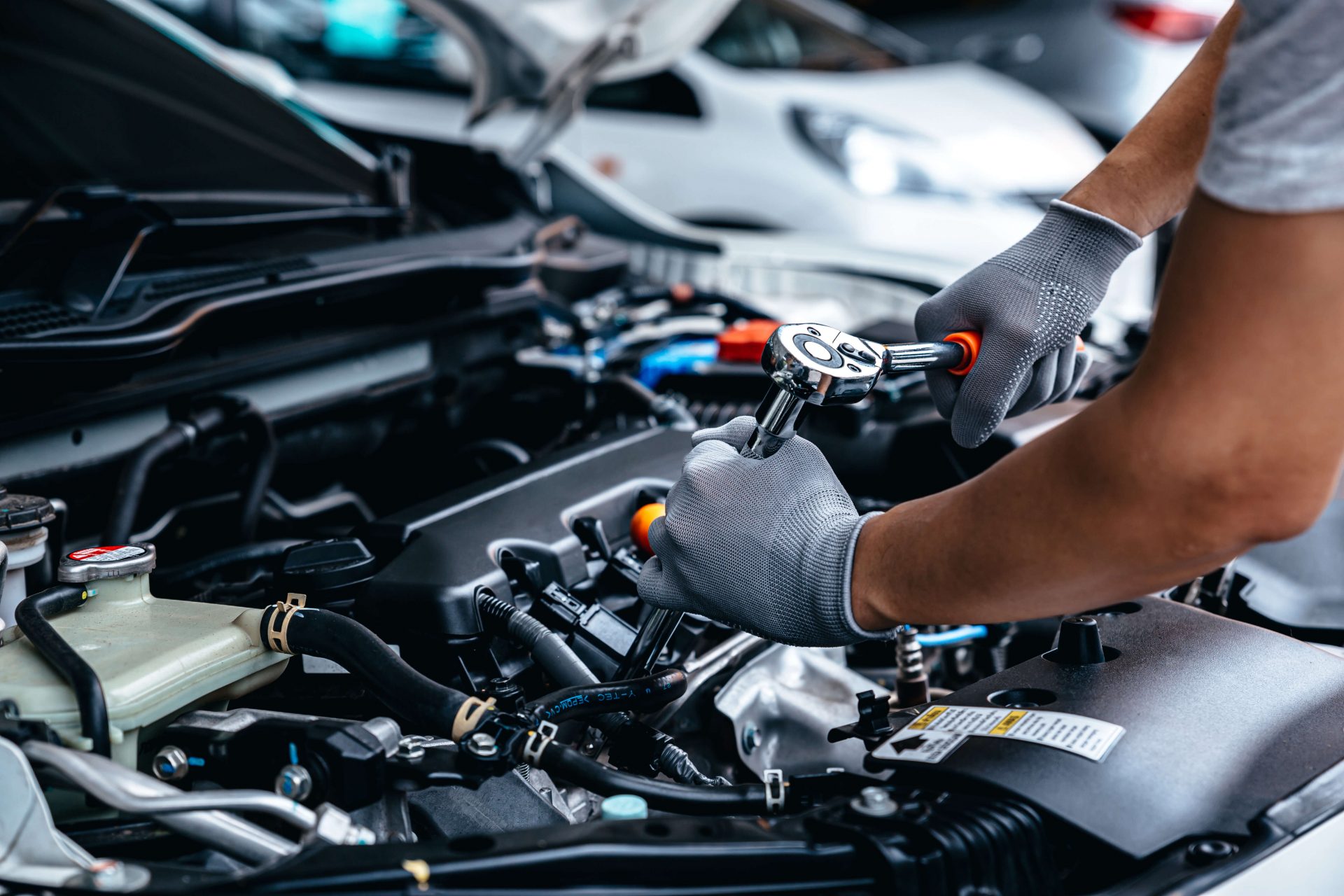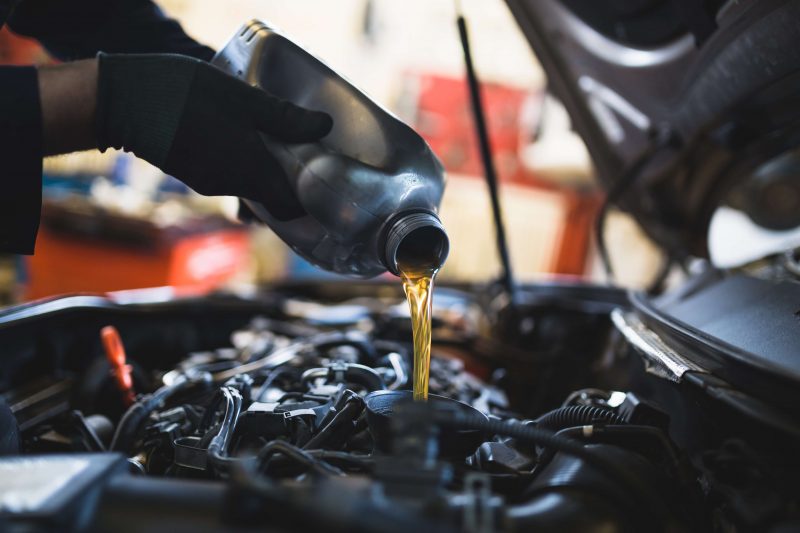Hello and welcome to our blog here at eTags! If you’re just discovering us, here’s a quick overview of what we offer: tag and title services galore. It’s what we do and what we love to do. Anything from title transfers and name removals or additions to registration renewals and new plates, to replacement titles and tags, to specialty and personalized plates. If it’s tag and title related, more than likely it’s a service we are happy to facilitate for you.
Use eTags© to Quickly Complete Your DMV Service. Renewals, Title Transfers and More, All Online!
But seeing as how we love all things automotive, today’s topic is of utmost relevance for all vehicle owners and drivers. Because if you own or lease a car, truck, or SUV – even if you’re that person who’s constantly borrowing your neighbor’s wheels – it’s important to know the answer to this question: How often should I get my car serviced? And on the heels of that question comes: What exactly do I need to get serviced?
Of course, what we’re talking about here is in addition to any safety inspections required by your local DMV. In the state of New York, for example, your vehicle will require an inspection every year. But, onto the general service timelines:
The first thing to keep in mind is that if you have a new car, your owner’s manual should include the timing for all required maintenance. It’s best to refer to the manufacturer’s recommendations when it comes to caring for your vehicle. But if your ride didn’t come with a manual, we’re here to help out!
The experts recommend different timelines when it comes to servicing your vehicle. The answer largely depends on the make, model, and year or the car. For example, you’d want to take into consideration your level of usage – meaning, whether it’s a pickup that’s out towing and working every day versus your fancy whip that only comes out on sunny days on the weekend. In general, though, for any car, truck, or SUV in regular use, you can either use time or usage as the determining factor.
The two general options for the service bell to ding are:
- For minor services, every 6 months or 6,000 miles
- For major services (like a full tune up), it is recommended to see a mechanic every 12 months or 12,000 miles.
For specific, regular maintenance, like an oil change, the recommended time frame is every 5,000 to 7,500 miles driven. But there are elements to consider, such as:
- What type of oil does your vehicle take? For regular, you’ll need to have your oil changed every 3,000 to 5,000 miles, whereas with synthetic oil, you can wait until you hit 7,500 to 10,000 miles before you for the oil change.
- How old is your vehicle? If your ride has a few years on it, chances are it will require for frequent oil changes than if your vehicle is a new model.

- What kind of driving do you do? If you’re mostly a Sunday driver, you’ll need to change your oil a lot less often than if you’re a daily commuter, cross-country road-tripper, or frequently tow heavy loads.
For service such as getting your transmission checked, this will also depend on the type of vehicle you are driving.
The suggested time frames are as follows:
- For manual (stick-shift) transmissions, experts say to have your fluids checked and serviced every 30,000 to 60,000 miles.
- For automatic transmissions, you can wait a bit longer, going in for your checkup only every 60,000 to 100,000 miles. That’s somewhere around the 5 to 6-year mark.
It’s interesting to note, however, that these number could change with relation to the climate you and your car live in. If you happen to reside in a place where the temperatures are significantly hotter than average, your transmission fluids may need to be checked more often. The word of a trusted mechanic here will go a long way in the healthy upkeep of your transmission.
For the big services, here are the recommendations:
- Spark Plugs: Every 30,000 to 100,000 miles, keeping in mind the make and model, as well as the plug type. Other factors to consider are the type of driving done – traffic and sharp maneuvering can shorten the life of a spark plug.
- Tire Rotation: Every 5000, to 7,500 miles. This includes both front-wheel and rear-wheel drive vehicles.

- Coolant Flush: Every 2 years or every 30,000 miles. This depends on the age of your vehicle, though – older makes and cars who are often in extreme temperatures or stop-and-go traffic may benefit from more frequent flushes.
- Air Filter Replacement: Every 15,000 to 30,000 miles. Again, this can vary depending on the type of environment and temperature conditions the car is being driven in.
- Brake Pad Replacement: Every 25,000 to 65,000 miles, considering climate, driving style, and the type of terrain your car traverses daily or often.
- Belt and Hose Replacement: For serpentine belts, the recommended time frame is 5 years or 50,000 miles, while V belts require changing every 3 years or 30,000 miles.
- Battery Replacement: Every 4 to 5 years, though it is a good idea to go for a quick inspection around the 3rd year, so as to avoid any unwanted surprises or failures.
A handy way to look at the maintenance needs of your car, truck or SUV is with the popular 30/60/90 rule:

- 30,000: No major repairs should be needed yet, but this is a good time to check your filters and top off fluids
- 60,000: This is the moment to look into the health of your battery, fluids, and brakes.
- 90,000: Now is when you should consider changing your spark plugs, belts, and hoses.
In summary, the regular upkeep and maintenance of your vehicle will depend on different factors such as how old your car is, how hard your drive it, and what the climate and roads are like. But keeping in mind manufacturer’s guidelines as well as the suggested timing, it’s rather easy to keep your ride running smoothly. Of course, if something goes awry outside of the suggested timeframe, be sure to seek out the counsel of a certified mechanic as soon as possible.









